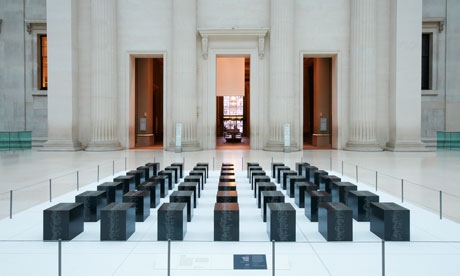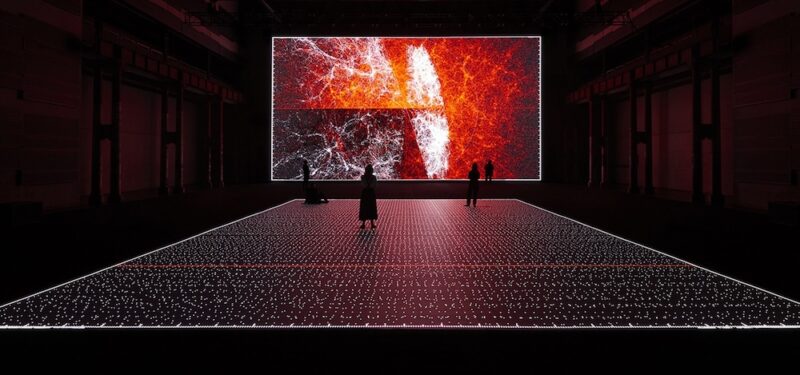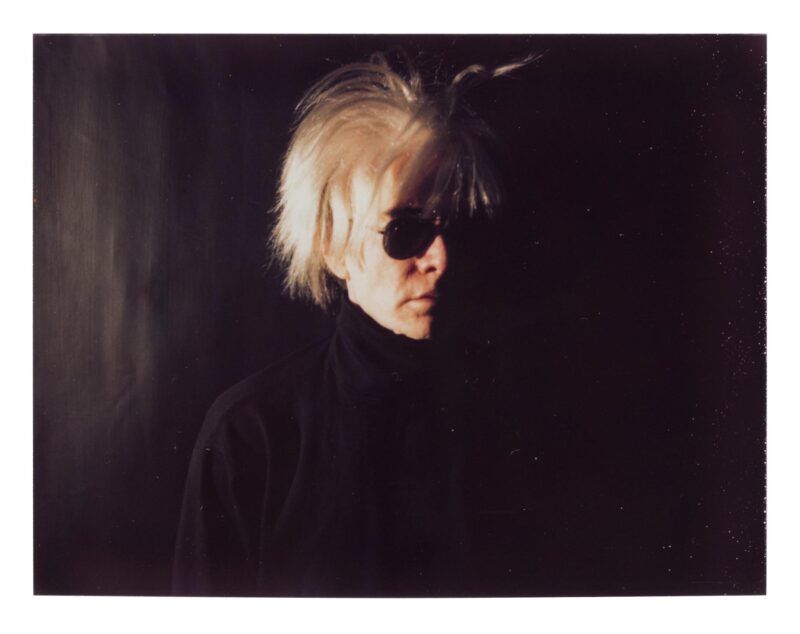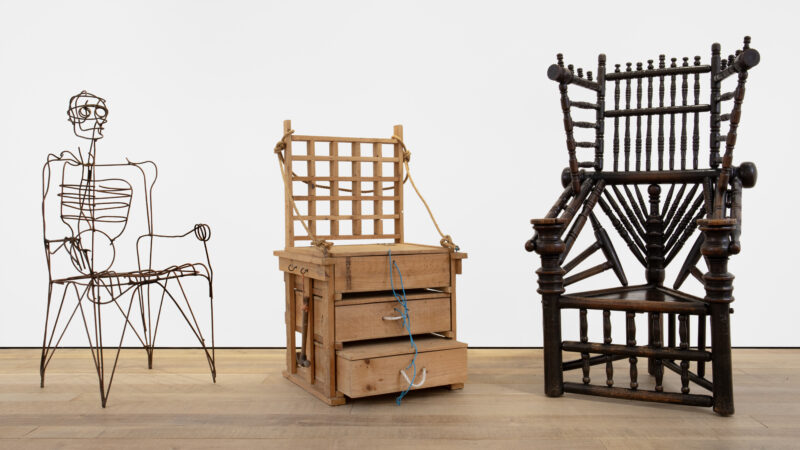
Powerful pilgrimage … Idris Khan’s Seven Times at the British Museum’s Hajj exhibition. Photograph: Idris Khan/Trustees of the British Museum
In his Observer column yesterday, Nick Cohen really went for the British Museum. He argued that its exhibition Hajj glosses over a history fraught with violence, accepts a mythic official version of the early history of this renowned Muslim pilgrimage, and most seriously of all has allowed the regime of Saudi Arabia to sponsor and thereby influence the exhibition.
He says that: “In a piece for the American arts magazine Guernica, Joy Lo Dico embarrasses other critics by pointing out what was in front of their noses. Saudi Arabia provided exhibits …”
As a critic who gave the exhibition a five-star review, I have to say that I am not embarrassed in the least – just disappointed that such a red herring is being chewed on. I saw those exhibits and where they came from. Just like I see the BP sponsorship of art galleries. Neither is as significant as Cohen implies. Is he claiming that people will go away from this exhibition full of praise for Saudi Arabia, and if an Arab spring erupts there, will refuse to support it because they remember that groovy exhibition at the British Museum? Sponsors – even when they are also lenders – get very little in return for the largesse that enriches our museums. It just washes over us; it does not covertly influence us.
Hajj is not a mealy-mouthed liberal suck-up to Islamic countries or institutions. The reason it works so well as an exhibition is that it is not calculated or polite – it is passionately enthusiastic. The curator really sees something beautiful in Islam and wants to get that across.
Is Cohen saying the medieval pilgrimage routes that are documented in the show are fictional? The illustrations of north African pilgrims in illuminated manuscripts, prints of the Ottoman-era route, and astrolabes that were developed partly to calculate the direction of Mecca seem like social history to me. I did not imbibe any theological propaganda from these items – what I did get was a picture of a communal activity shared by generations of people across the centuries and today.
The British Museum may not have answered his questions to his satisfaction but the real answer is obvious enough. There are plenty of frightening representations of Islam around. And I am not speaking as a hypocritical liberal: the scariest “representations” of Islam have been created in the name of the religion itself, in fire and blood, by religiously motivated terrorists.
But are you saying there is nothing to admire in a religion that has lasted so long and has so many adherents? Hajj captures the strengths of Islam as a cultural force – it is about those strengths, and documents them well. The history it tells is not propagandist. In fact, he misreads it if he thinks it conceals evidence of political power. The Saudi involvement today is historically contextualised by displays that show how in every era, the dominant political power of the Islamic world has sought to appropriate and control the Hajj. When TE Lawrence blew up trains in support of the Arab revolt, he was disrupting a railway line the Ottoman empire built to show its commitment to Mecca.
There is another point to this exhibition too: a wider audience. The British Museum is full of Muslim families and school parties. This museum does not just exist for critics and columnists but for the actual people who, by being attracted through its doors, are encountering the many cultures and religions of the world. I think Hajj is a beautiful exhibition and I am not ashamed to say so again.
guardian.co.uk © Guardian News & Media Limited 2010
Published via the Guardian News Feed plugin for WordPress.







